Which valves are used for wastewater and sewage treatment
Which valves are used for wastewater and sewage treatment? The continuous increase of water pollution in my country has made the sewage treatment and regeneration industry receive unprecedented attention. In the sewage treatment pipeline system, the valve plays a very important role.
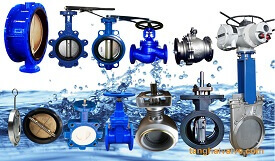
marine valve; butterfly valve; check valve; gate valve; manufacturer in China
Definition of sewage treatment
Sewage treatment: The process of purifying sewage in order to make it meet the water quality requirements for discharge into a body of water or for reuse. Sewage treatment is widely used in construction, agriculture, transportation, energy, petrochemical, environmental protection, urban landscape, medical treatment, catering and other fields, and is increasingly entering the daily life of ordinary people.
Sewage treatment classification
According to the classification of sewage sources, sewage treatment is generally divided into production sewage treatment and domestic sewage treatment. Production sewage includes industrial sewage, agricultural sewage and medical sewage, etc., while domestic sewage is sewage generated in daily life, which refers to the complex mixture of various forms of inorganic and organic substances, including: ① floating and suspended solid particles; ② glue shape and gel-like diffusion; ③ pure solution.
According to the quality of water pollution, there are two types of water pollution: one is natural pollution; the other is man-made pollution. At present, man-made pollution is the most harmful to water bodies. Water pollution can be divided into three categories: chemical pollution, physical pollution and biological pollution according to the different pollution impurities. The main pollutants are: (1) industrial wastewater discharged without treatment; (2) domestic sewage discharged without treatment; (3) farmland sewage with extensive use of chemical fertilizers, pesticides, and herbicides; (4) industrial waste and domestic garbage piled up by the river ; ⑸ soil erosion; ⑹ mine sewage.
Sewage treatment valve
Modern sewage treatment technology can be divided into primary, secondary and tertiary treatment according to the degree of treatment. Generally, the degree of sewage treatment is determined according to the water quality and the destination of the treated water. The valves used at each level are also different.
primary treatment
It mainly removes suspended solid pollutants in sewage, and most of the physical treatment methods can only complete the requirements of primary treatment. After primary treatment of sewage, BOD can generally be removed by about 30%, which does not meet the discharge standard. The primary treatment belongs to the preprocessing of the secondary treatment. Valves and their pipeline accessories are used: knife gate valve, triple eccentric butterfly valve, filter, etc.
secondary processing
It mainly removes colloidal and dissolved organic pollutants (BOD, COD substances) in the sewage, and the removal rate can reach more than 90%, so that the organic pollutants can meet the discharge standard, and the suspended solids removal rate can reach 95%, and the effluent effect is good. The valves used are soft-sealed butterfly valves, gate valves, ball valves, check valves, etc.
tertiary treatment
Further treatment of refractory organic matter, nitrogen and phosphorus and other soluble inorganic matter that can lead to eutrophication of water bodies. The main methods are biological denitrification and phosphorus removal, coagulation sedimentation, sand filtration, activated carbon adsorption, ion exchange and electrodialysis. The valves used are wafer butterfly valve, gate valve, ball valve, check valve, rubber soft joint, etc.
TH Valve is a professional manufacturer of butterfly valve, gate valve, check valve, globe valve, knife gate valve, ball valve with API, JIS, DIN standard, used in Oil, Gas, Marine industry, Water supply and drainage, fire fighting, shipbuilding, water treatment and other systems, with Nominal Diameter of DN50 to DN1200, NBR/EPDM/VITON, Certificates & Approvals: DNV-GL, Lloyds, DNV, BV, API, ABS, CCS. Standards: EN 593, API609, API6D
Video of center-lined butterfly valve: https://youtu.be/NuSZH_AJcwY
Video of triple eccentric butterfly valve: https://youtu.be/AkRwg2X1Wh0
Video of dual plate wafer check valve: https://youtu.be/XqRRI7o-LFI
Video of knife gate valve: https://youtu.be/vFSbTF_FGXM
Video of resilient seated gate valve: https://youtu.be/AI-LT1dy2sU
Related news/knowledge:
Application of Soft Seal Wafer Butterfly Valve in Sewage treatment
Gate valve has a broad market in the field of sewage treatment
Knife gate valve introduction and its characteristics

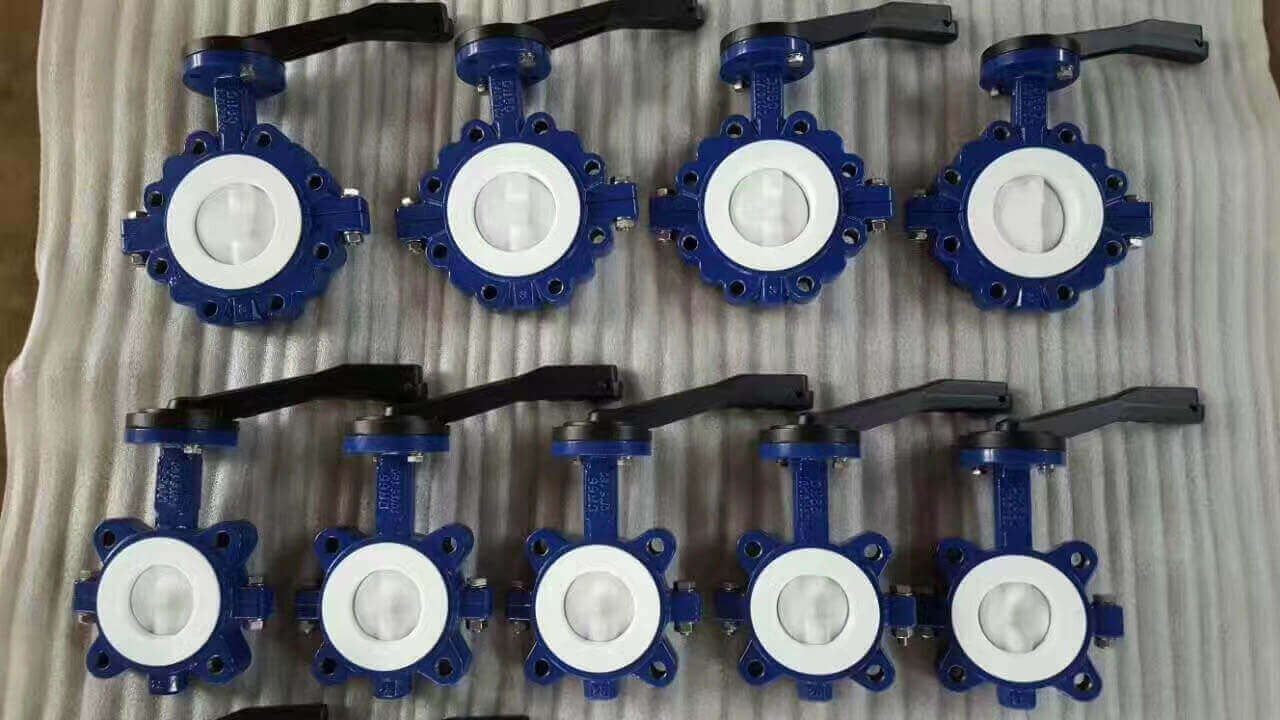
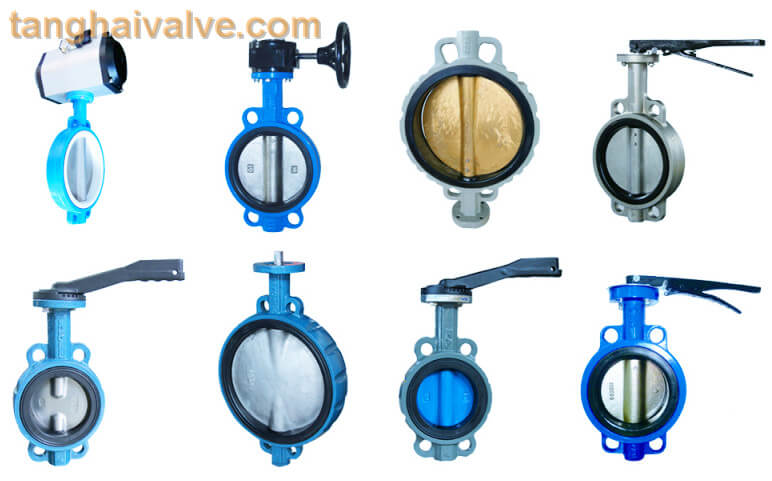
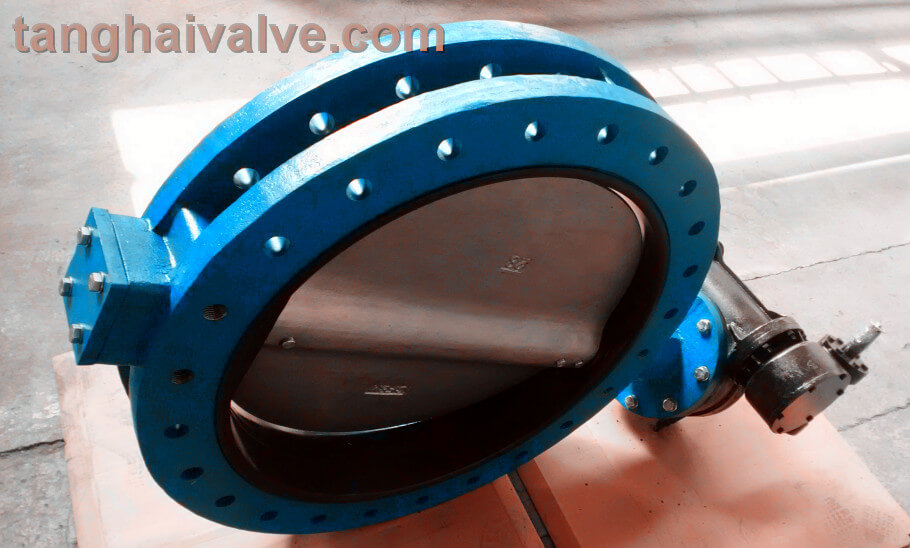
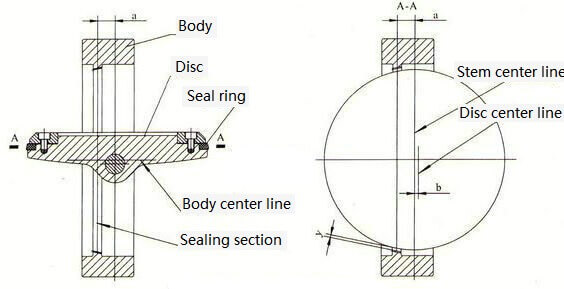
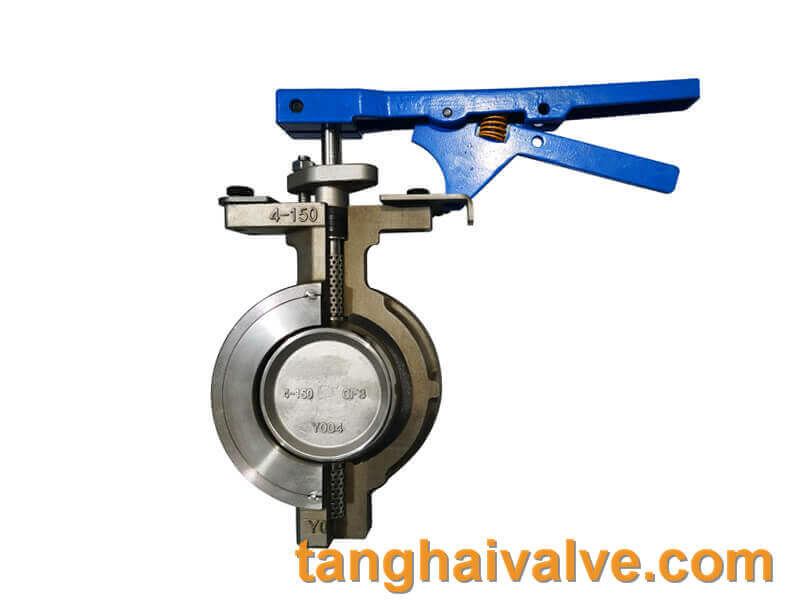
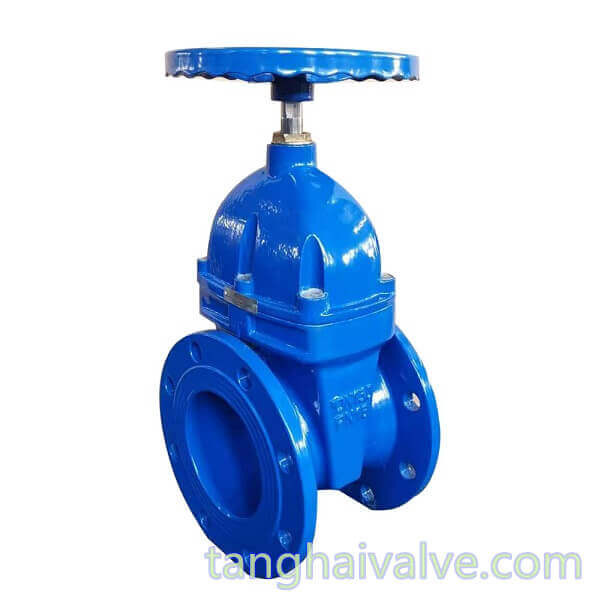
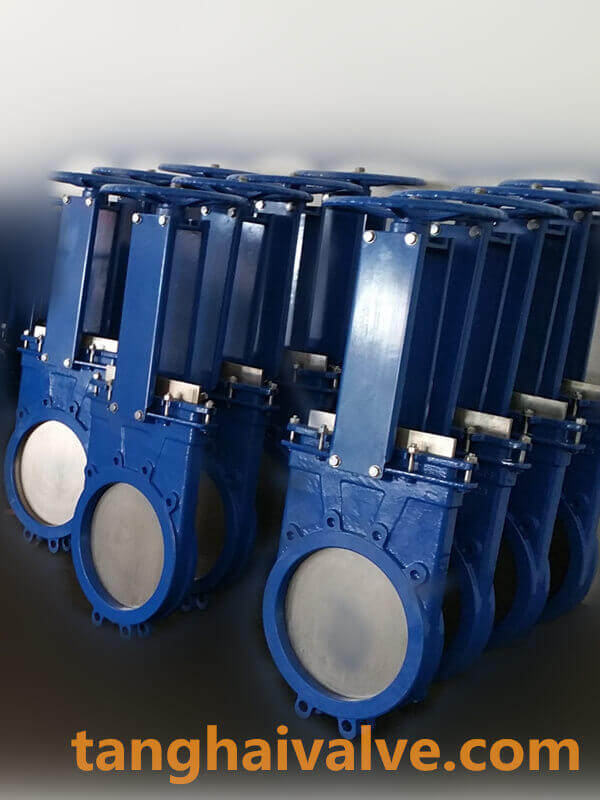
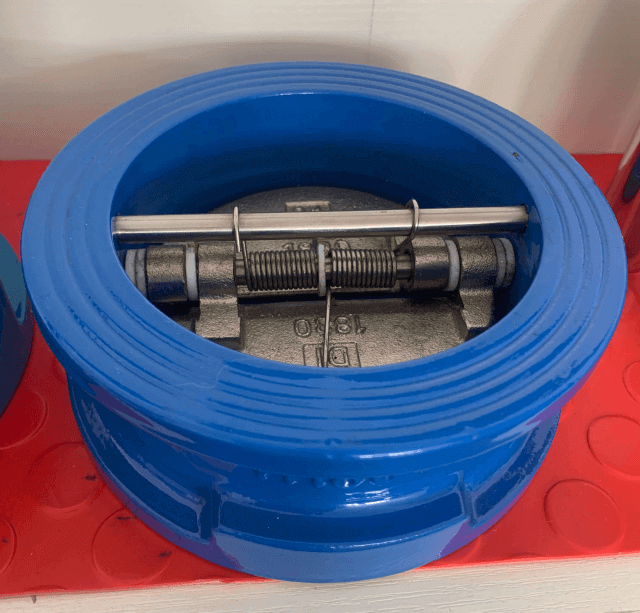
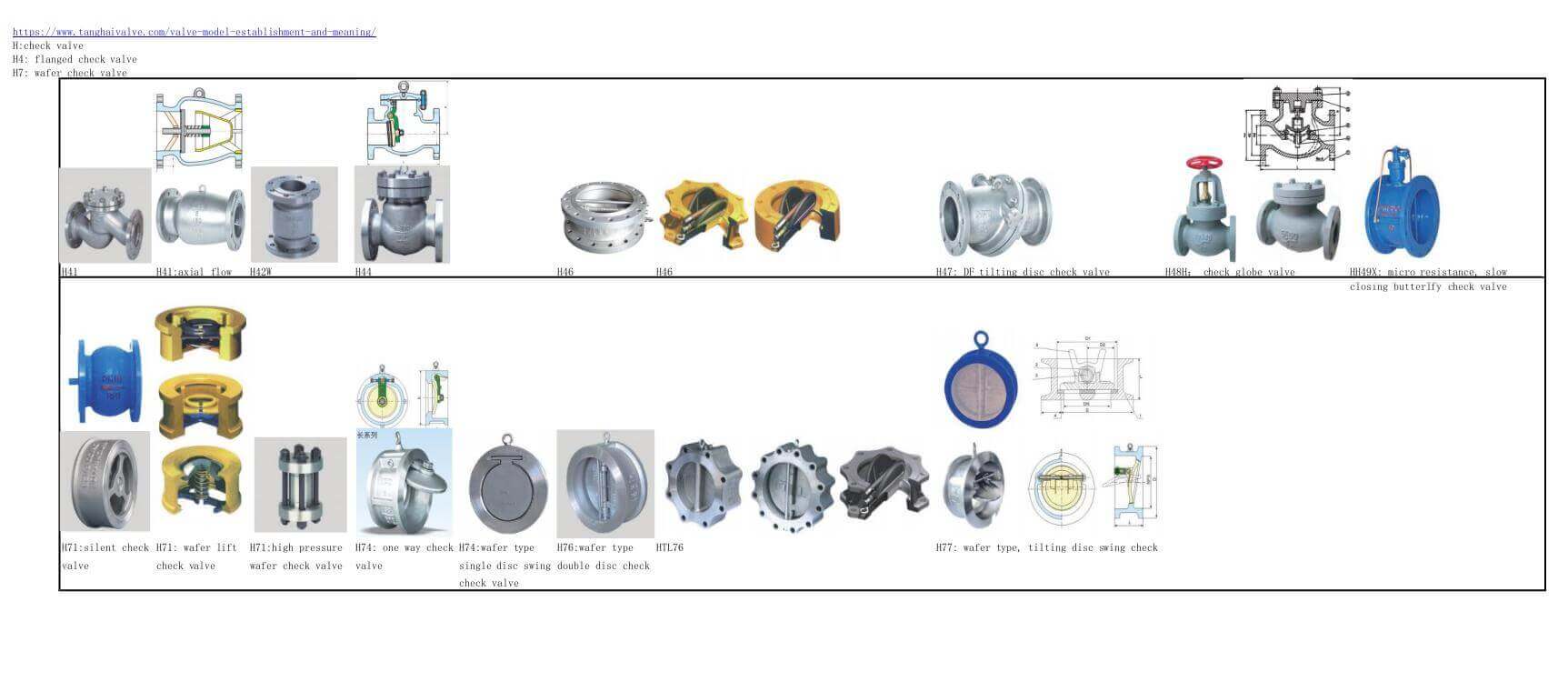
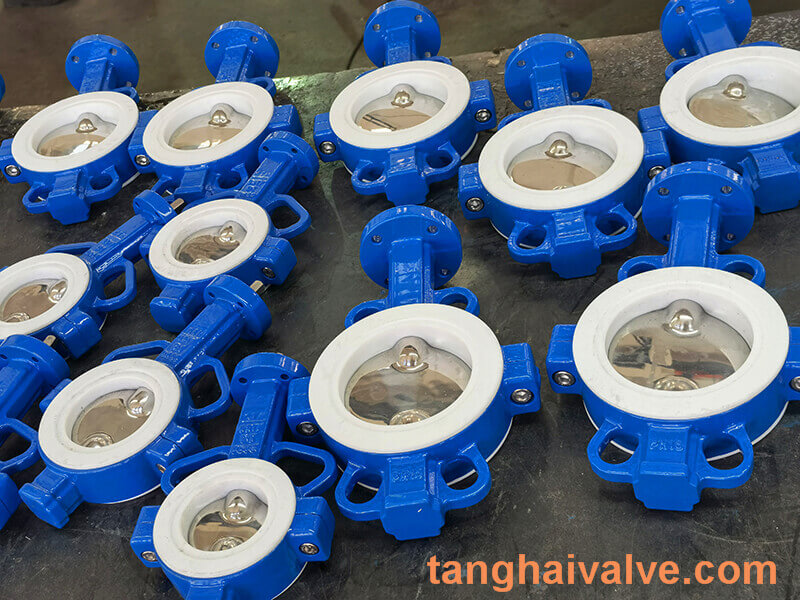
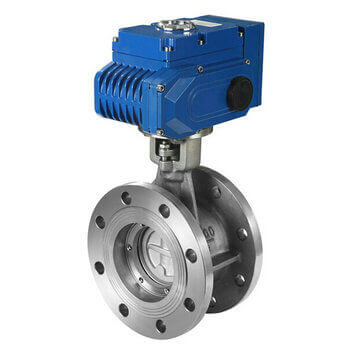
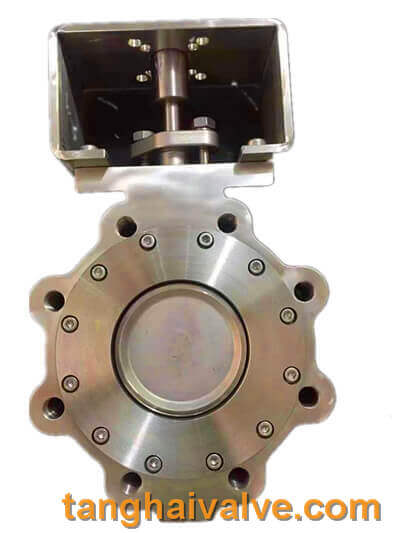
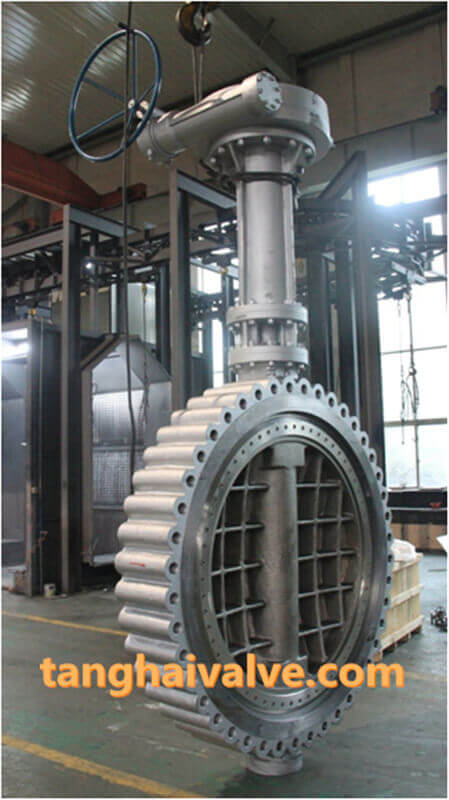


 © Copyright 2020 Tianjin Tanghaidongyang Valve Co., Ltd. All Rights Reserved.
© Copyright 2020 Tianjin Tanghaidongyang Valve Co., Ltd. All Rights Reserved.